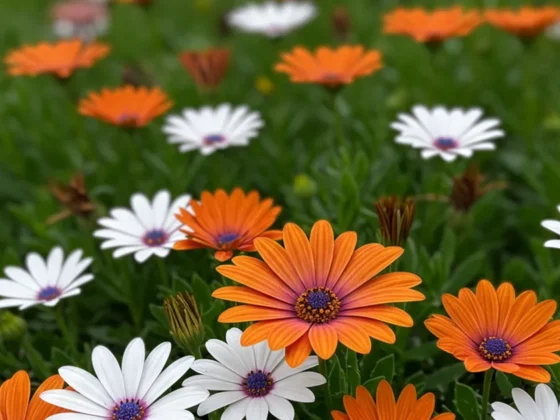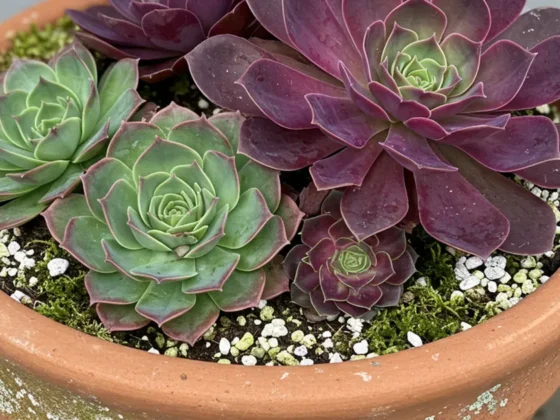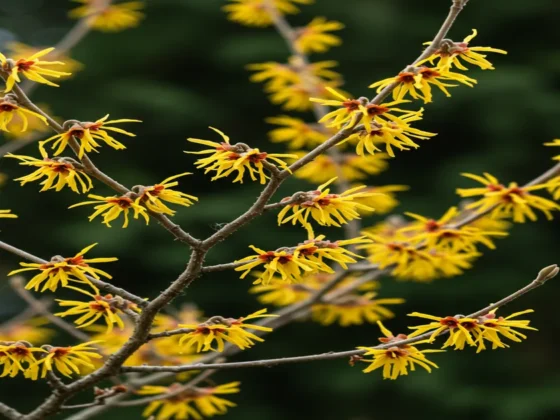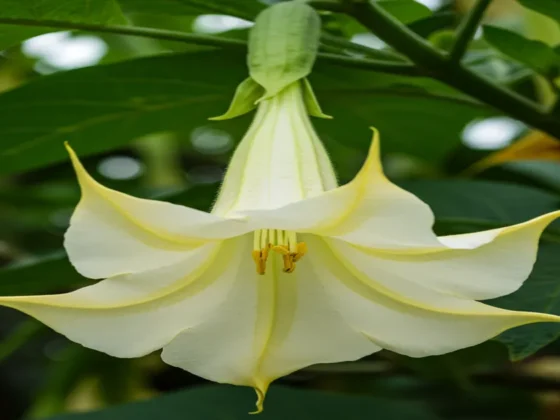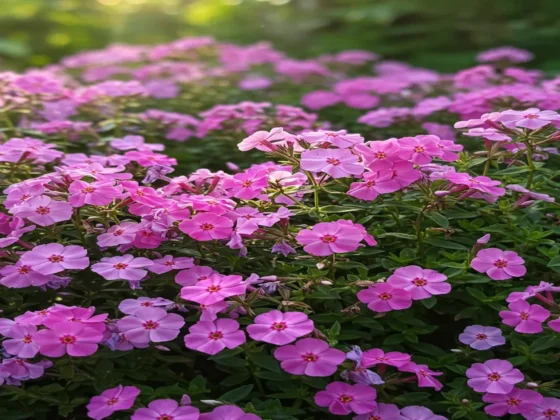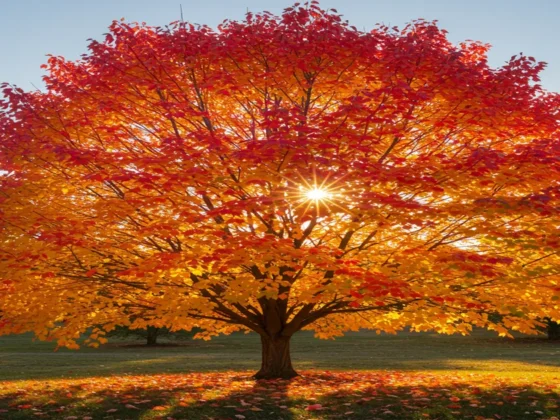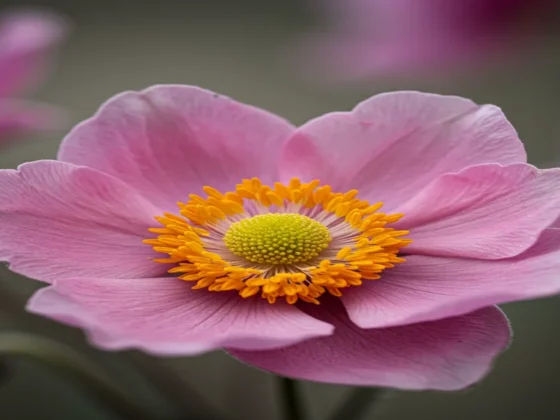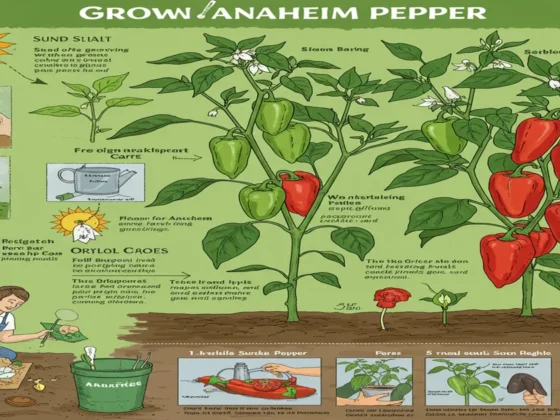Introduction:
Renowned for its colorful foliage and extended flowering periods, the Abelia genus comprises approximately 30 species of shrubs, both deciduous and evergreen. Recent DNA analysis has led to debates regarding the classification of the Abelia genus, as certain previously identified species were found to be significantly distinct. Different horticultural authorities propose various naming conventions, which may involve either shrinking the Abelia genus or reassigning these plants to the Linnea genus.
Abelia shrubs, commonly recognized for their unique characteristics, typically feature pointed, oval leaves that come in shades of yellow or green with hues of pink, orange, bronze, or burgundy. Some varieties exhibit multiple colors or variegation, with color changes occurring throughout the seasons. Their tubular flowers are commonly observed in white, pink, or yellow hues. Notably, abelia shrubs have a prolonged blooming season that spans from spring to fall.
| Common Name | Abelia |
| Botanical Name | Abelia |
| Family | Caprifoliaceae |
| Plant Type | Shrub |
| Mature Size | 2-10 ft. tall, 2-8 ft. wide |
| Sun Exposure | Full, Partial |
| Soil Type | Loamy, Moist but well-drained |
| Soil pH | Acidic, Neutral |
| Bloom Time | Spring, Summer, Fall |
| Flower Color | Pink, Yellow, White |
| Hardiness Zones | 4-11, USA |
| Native Area | Asia |
Different Types of Abelia
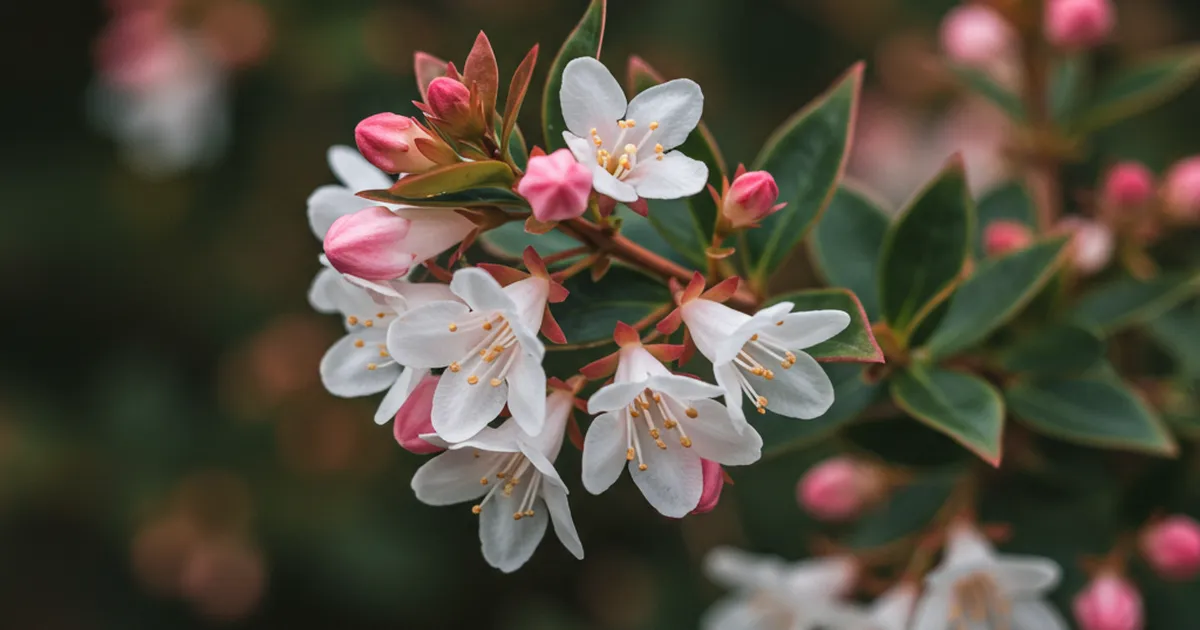
- Glossy Abelia (Abelia × grandiflora): This popular variety can thrive in various climates, from cold to warm regions. In colder areas, it features shiny semi-evergreen foliage, while in warmer regions, it maintains its evergreen leaves.
- ‘Kaleidoscope’ Abelia: This favored compact variety is renowned for its colorful foliage that transitions through the seasons. Its variegated leaves display a yellow hue in spring, followed by a vibrant orange-red shade in autumn. The plant also produces small white flowers during blooming periods.
- ‘Rose Creek’ Abelia (Abelia x chinensis): This type stands out for its distinctive color palette. It showcases glossy green leaves that transform into bronze in the autumn, along with flowers that shift from pink to white. The captivating color transformations are enhanced by its deep red branches.
Trimming

Trimming your abelia shrubs occasionally will help maintain a neat appearance and promote healthy growth. It is recommended to trim them in late winter or early spring to avoid cutting off new growth or flower buds. Get rid of any broken or lifeless branches and shape the plant according to your preferences. Do not trim more than one-third of the shrub. Some types of abelia produce lengthy, slender shoots from the main stem or branches, which can be pruned for a tidier look. Certain varieties bloom on mature branches, so it’s best to trim them after they have flowered.
Abelia Propagation

Abelia can be propagated by using cuttings, either hardwood or softwood. While hardwood cuttings are generally more resilient than softwood ones, they do not root as easily. Softwood cuttings are taken in the spring, while hardwood cuttings are taken in the fall. Both types are nurtured in the same manner. To propagate either, you will require sharp pruning shears, a small container, well-draining fertile soil, and rooting hormone. Here are the steps to follow:
How to Propagate Abelia Using Seeds

Abelia can be propagated from seeds, but it’s important to note that seeds collected may result in plants with variations from the parent plant. Some types, like glossy abelia, are infertile and won’t produce seeds. For an exact replica of the parent plant, cuttings are necessary. If slight differences in blooms, fragrance, or color are acceptable, growing abelia from seeds can be a rewarding process. To start indoors, you’ll need a sunny spot, moist, fertile soil, and small pots. Follow these steps:
For outdoor seed starting, follow these steps:
Abelia: Potting and Repotting Guide

Some abelias can reach significant heights, while others remain compact. Smaller varieties, like dwarf types, are ideal for container gardens. When planting an abelia, ensure to select a pot with adequate drainage holes. Opt for a container that will accommodate the plant’s growth for a few years before requiring repotting. To achieve this, choose a pot that is approximately 8 inches larger than the root system. Fill it with plenty of compost-enriched soil, maintain moisture, and position the pot in a sunny spot. If the plant becomes too large for its current container, carefully loosen the roots by tilting the plant sideways and tapping around the container. Gently remove the root system from the pot and transfer it to a new container that offers a few inches of additional space on all sides. Fill with nutrient-rich soil and water thoroughly.
Winter Survival
Abelias do not need additional care to survive the winter when cultivated in suitable zones. Nevertheless, plants grown in containers in regions with cold weather may require extra protection from the elements and should be relocated to a sheltered space like a greenhouse or indoors.
Tips for Encouraging Abelia to Flower
Abelia bushes are noted for their enduring tubular blooms that emerge in the spring and endure until autumn. These petite blooms measure a few inches in length and feature 4 or 5 petals each, coming in white, pink, or yellow hues, and attracting pollinators like butterflies and hummingbirds due to their pleasant scent.
Typically, these bushes bloom effortlessly. To promote a robust flowering, ensure the soil has good drainage and the plant is exposed to ample sunlight. It is advisable to prune lightly, as excessive pruning can impede flower formation.
Issues commonly encountered with Abelia plants
Abelia plants are well-known for being easy to care for and typically trouble-free in gardening. Nevertheless, occasional problems may arise when cultivating these low-maintenance plants.
Dense foliage and Absence of Blooms
While Abelia plants usually bloom effortlessly, if you notice a plant with lush foliage but no flowers during the blooming period, the problem might be related to the type of fertilizer used. Excessive nitrogen in the fertilizer can promote foliage growth over flower production. Switch to a fertilizer with a higher phosphorus to nitrogen and potassium ratio.
Yellowing Leaves and Unhealthy Appearance
This indicates overwatering, often caused by waterlogged, poorly draining soil leading to root rot. If root rot is suspected, carefully unearth the plant, remove any affected roots or branches, amend the soil with well-draining materials like sand and compost, and gently replant the Abelia. Allow the soil to dry out slightly before watering again.
FAQ
Are Abelia shrubs always green throughout the year?
This varies based on the shrub variety and growing conditions. Some Abelia species are evergreen while others shed their leaves seasonally. Abelia shrubs in colder regions lose their leaves in winter, while those in warmer climates retain their foliage year-round.
How large do Abelia shrubs typically grow?
The mature size of Abelia shrubs varies by variety, ranging from 2 to 10 feet tall and 2 to 8 feet wide, offering a wide selection to suit different landscaping needs.



